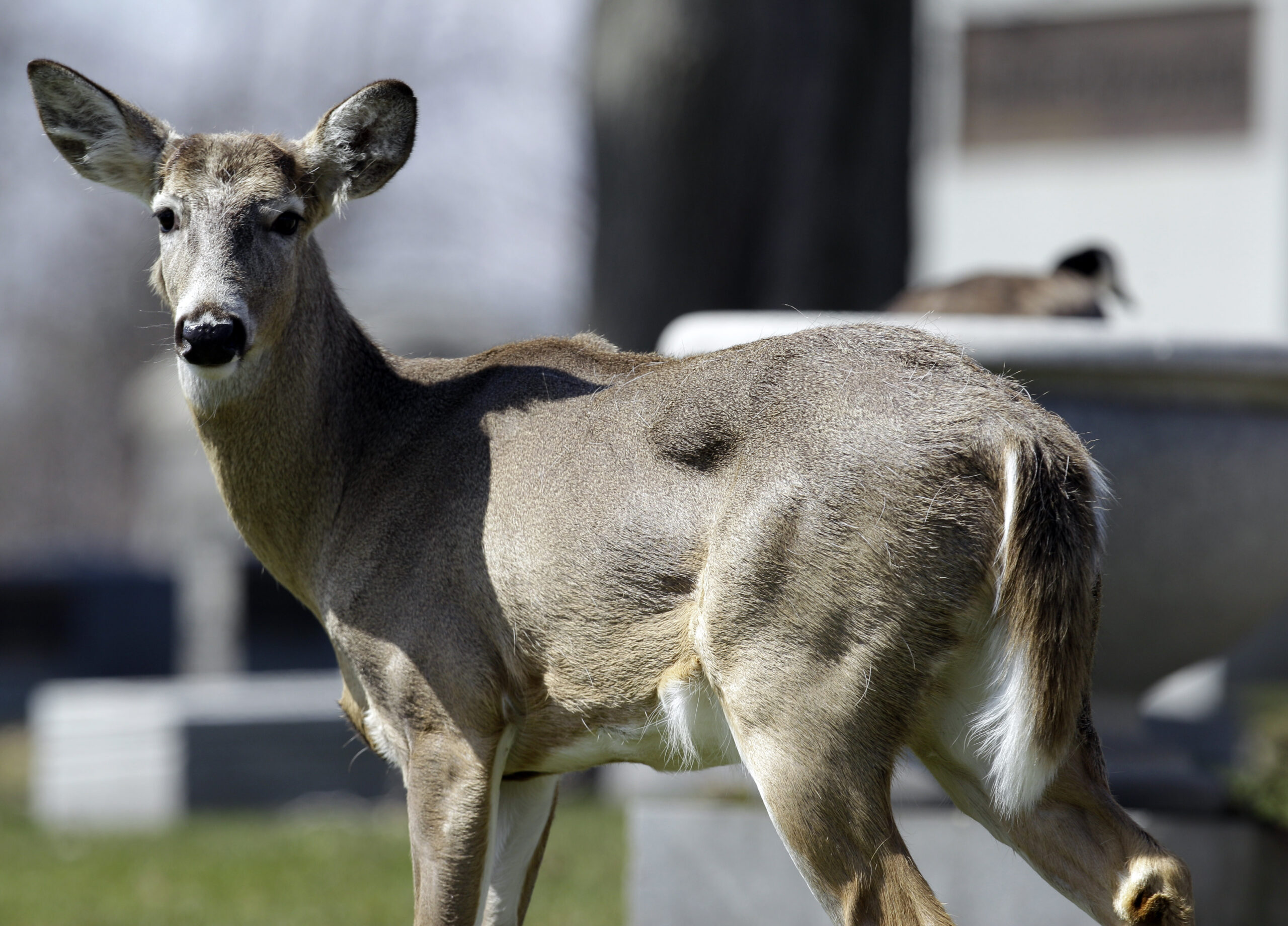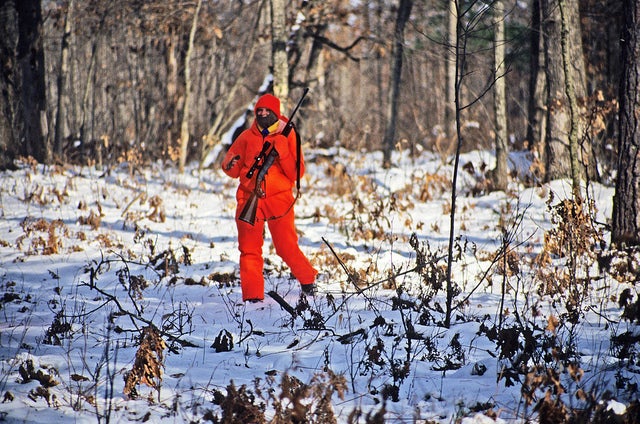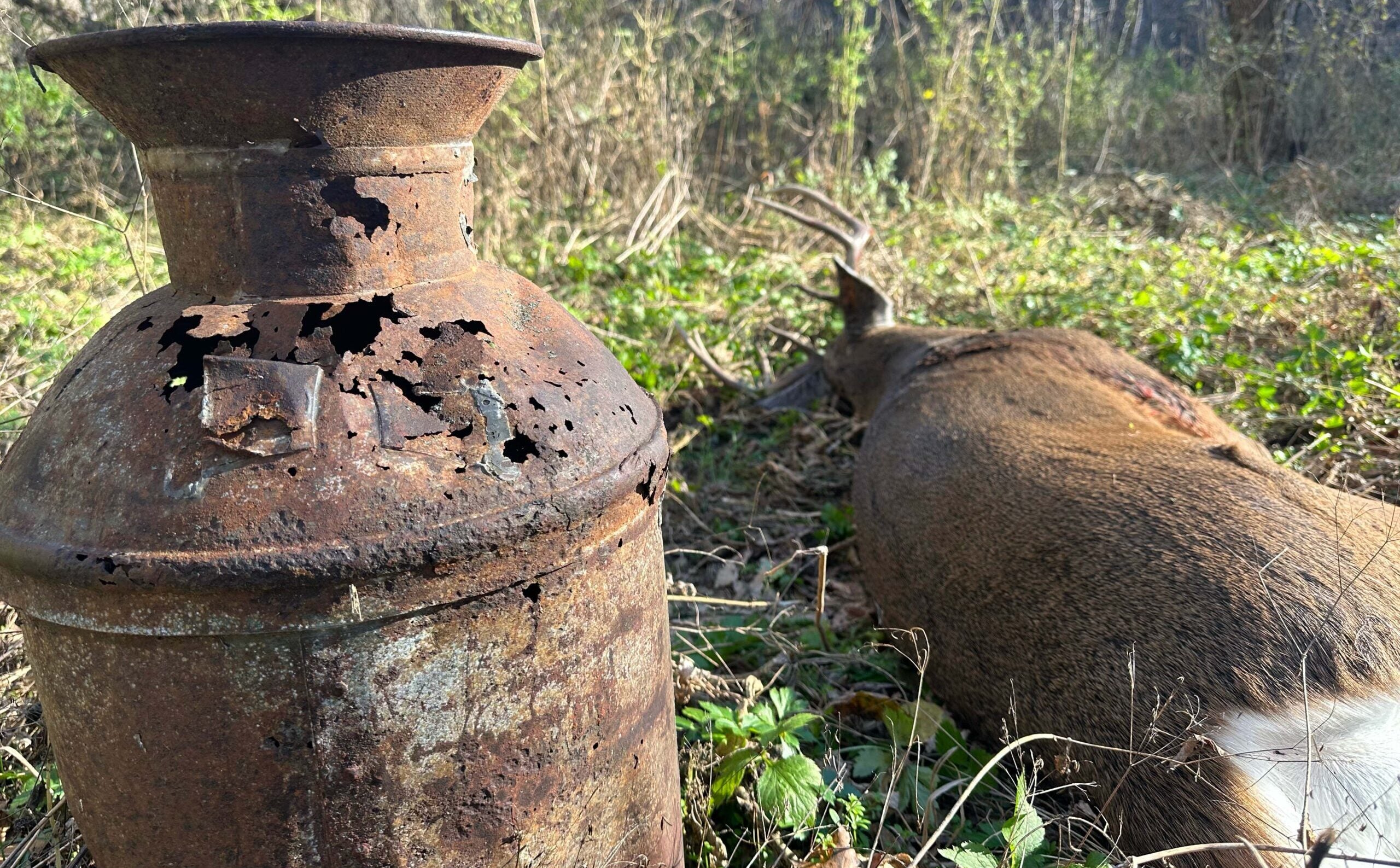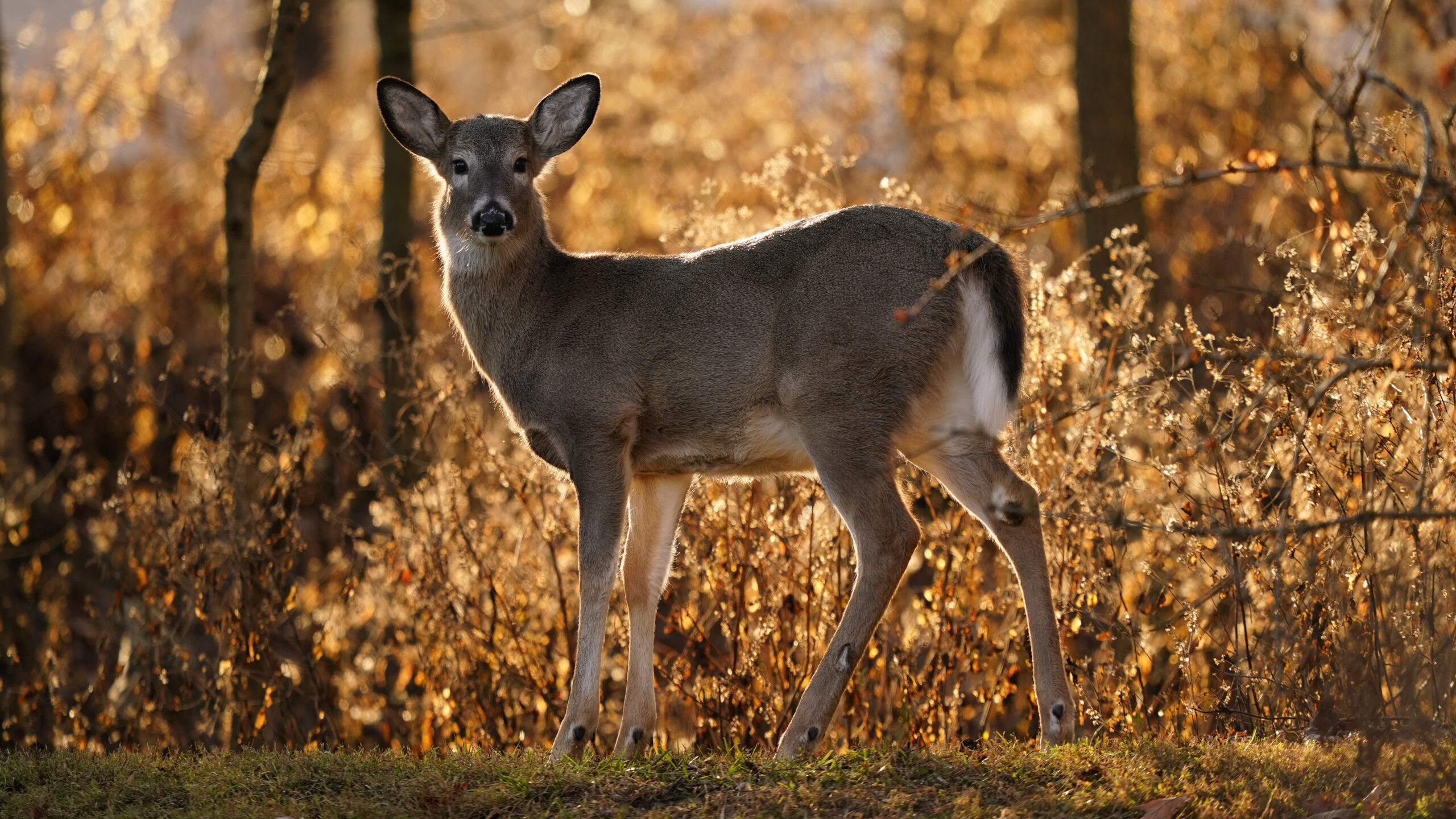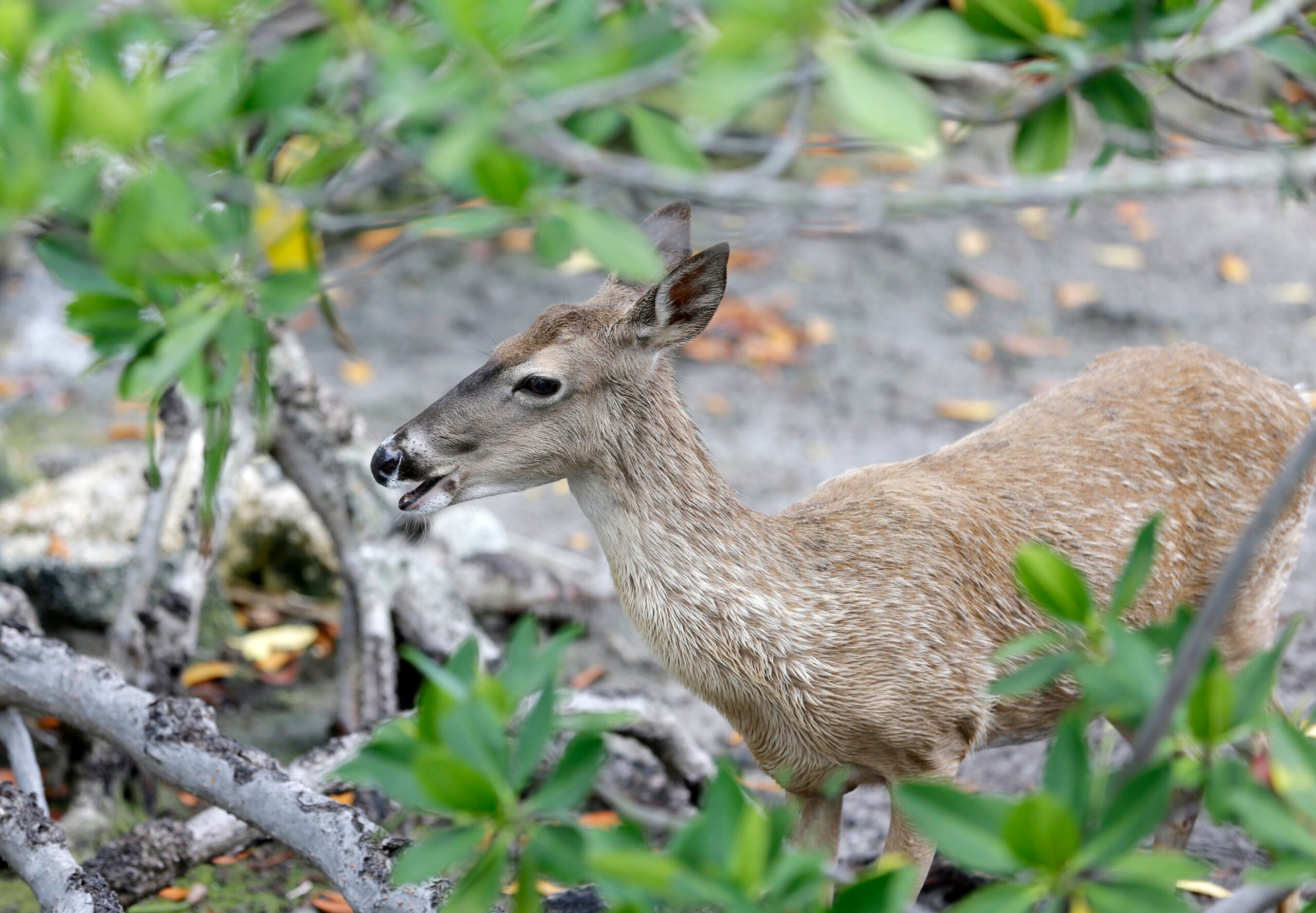Some county officials, conservation groups and lawmakers say the state should take a closer look at deer management after Gov. Tony Evers vetoed a Republican bill that would have temporarily banned hunting does up north.
Republican lawmakers introduced the bill in an effort to boost the deer population after a dramatic drop in the gun deer harvest across northern Wisconsin last year. County deer advisory councils, or CDACs, are holding meetings through May 2 as they develop recommendations on managing local deer populations for the Wisconsin Department of Natural Resources.
Rep. Chanz Green, R-Grand View, said he was planning to attend many of those meetings to urge steps to protect the northern herd. While the deer population has been steadily growing to a high of roughly 1.6 million statewide, their numbers have been falling in northern counties.
“We need to do something regarding the deer population in northern Wisconsin, because northern Wisconsin is so different from the southern two-thirds of the state,” Green said. “We have harsher winters. We have more predators.”
Jeff Wilson, who is chair of the Iron County CDAC, said he thinks it’s wise Evers vetoed the bill. He shared the governor’s stance that it would’ve bypassed CDACs that were formed following a 2012 report from deer trustee and researcher James Kroll, who was sought out by former Republican Gov. Scott Walker to review deer management.
Wilson said the DNR should take a closer look at management of the northern herd, but he said it’s premature to blame predators for fewer deer.
News with a little more humanity
WPR’s “Wisconsin Today” newsletter keeps you connected to the state you love without feeling overwhelmed. No paywall. No agenda. No corporate filter.
“We do have a pretty good predatory load and that could have an impact. I wouldn’t doubt it does, but whether it’s actually a limiting factor on the deer herd, we’re not sure,” Wilson said. “But it would be interesting to look at it.”
Joe Weiss, chair of the Washburn County CDAC, said he thinks predators are a factor in the deer herd up north whether it’s wolves, bears or coyotes.
“The management of those predators is lacking in my opinion,” Weiss said. “Obviously, the wolf hunt is controversial, but I think we do need some way to manage the number of wolves that are in the state.”
Killing wolves is currently illegal since the animal is listed as an endangered species. A 2012 law requires a wolf hunt when the species isn’t under federal protection. Animal rights groups and Ojibwe tribes have opposed recreational hunting of the animal.
Wilson said the state’s roughly 26,000 bears would likely have a greater effect on deer than the state’s 1,000 wolves.
A DNR spokesperson did not return a request for an interview or comment on deer management in northern Wisconsin. The agency states winter weather and hunting have more significant effects on the deer herd than predators in the long run.
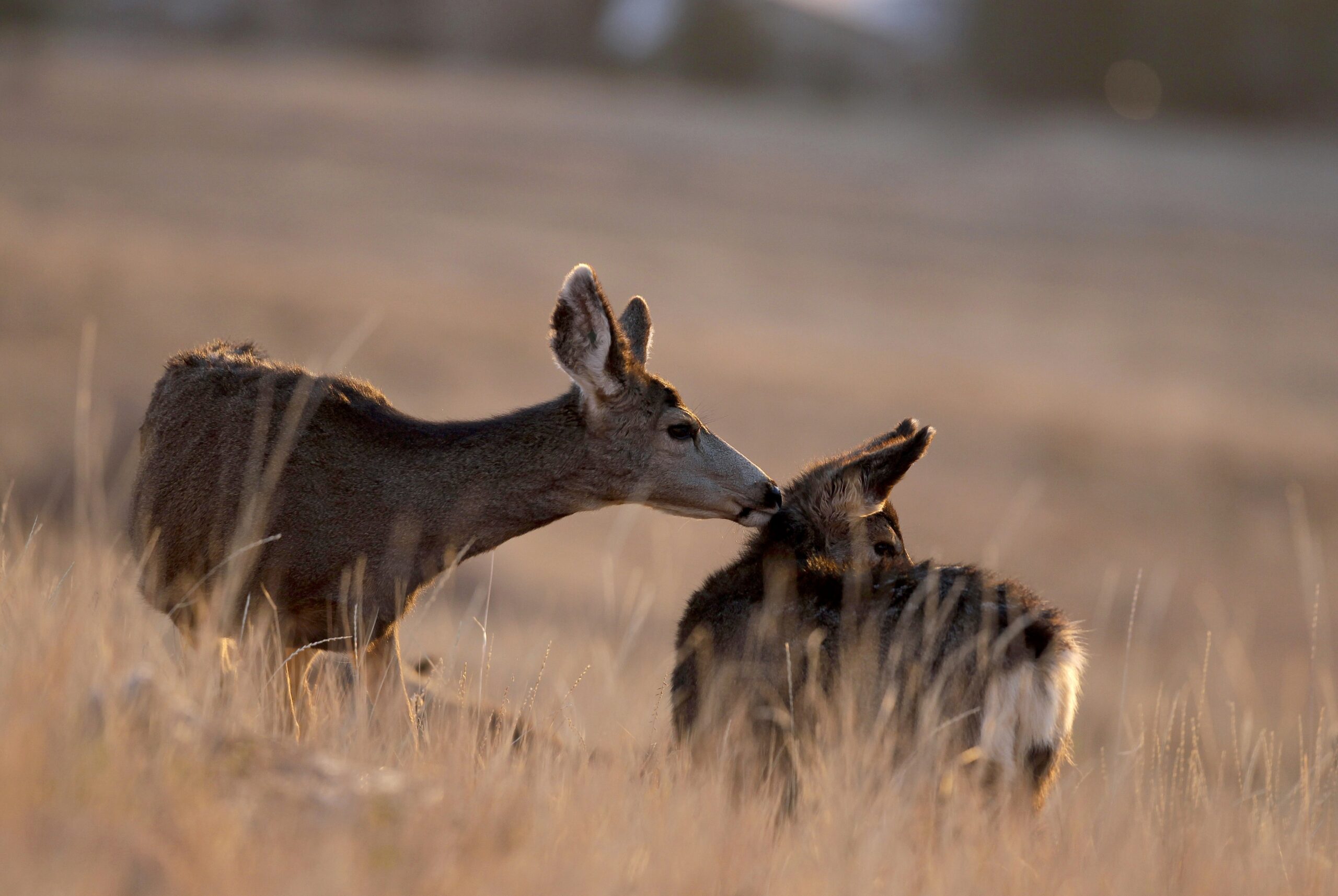
Some say DNR should develop a plan to manage white-tailed deer
Last fall, the DNR said the lack of snow and preceding harsh winter likely led to fewer deer up north, limiting hunter success. Hunters killed 173,942 deer during the nine-day season — roughly 18 percent fewer deer statewide than in 2022. For northern Wisconsin, the harvest was down 30 percent.
Tom Hauge, co-chair of the wildlife work group for Wisconsin’s Green Fire, said the deer harvest was also down in areas without wolves in Wisconsin. Hauge, who formerly served as director of the DNR’s Wildlife Management Bureau, added hunters in Minnesota and Michigan also bagged fewer deer.
He said northern Wisconsin’s severe winters, older forests that don’t offer as much food and the ongoing decline in hunters all play a role in the deer harvest. While it’s easy to focus on predators, Hauge said he thinks it’s time for the state to step back and develop a strategic plan to conserve Wisconsin’s deer herd.
“That would be very helpful for northern Wisconsin as well. But take the time to take stock of these different large-scale phenomena that are occurring, then figure out how do we go forward in the best way,” Hauge said.
Other groups have also supported development of a white-tailed deer management plan, including the Wisconsin Wildlife Federation.

Mark Kakatsch spoke on behalf of the group’s wildlife committee in favor of a plan at this month’s meeting of the Natural Resources Board.
“Everything seems to involve or revolve around hunting. I’m not saying that hunting is not a very important piece of the puzzle,” Kakatsch told the board, “but I think we all need to remember that conservation and resources are the first and foremost concern.”
If a plan is developed, Hauge said the effects of chronic wasting disease on the wild deer herd needs to be considered as the deadly deer disease continues to spread.
He added the DNR may also want to examine what fewer hunters mean for deer management. The agency has previously said that gun deer license sales have been dropping at a rate of about 1.5 percent each year since 2000.
As for this fall, Hauge and CDAC officials anticipate hunters will see more deer after an unseasonably warm winter, saying that should boost fawn survival going into the gun deer season.
Wisconsin Public Radio, © Copyright 2025, Board of Regents of the University of Wisconsin System and Wisconsin Educational Communications Board.

